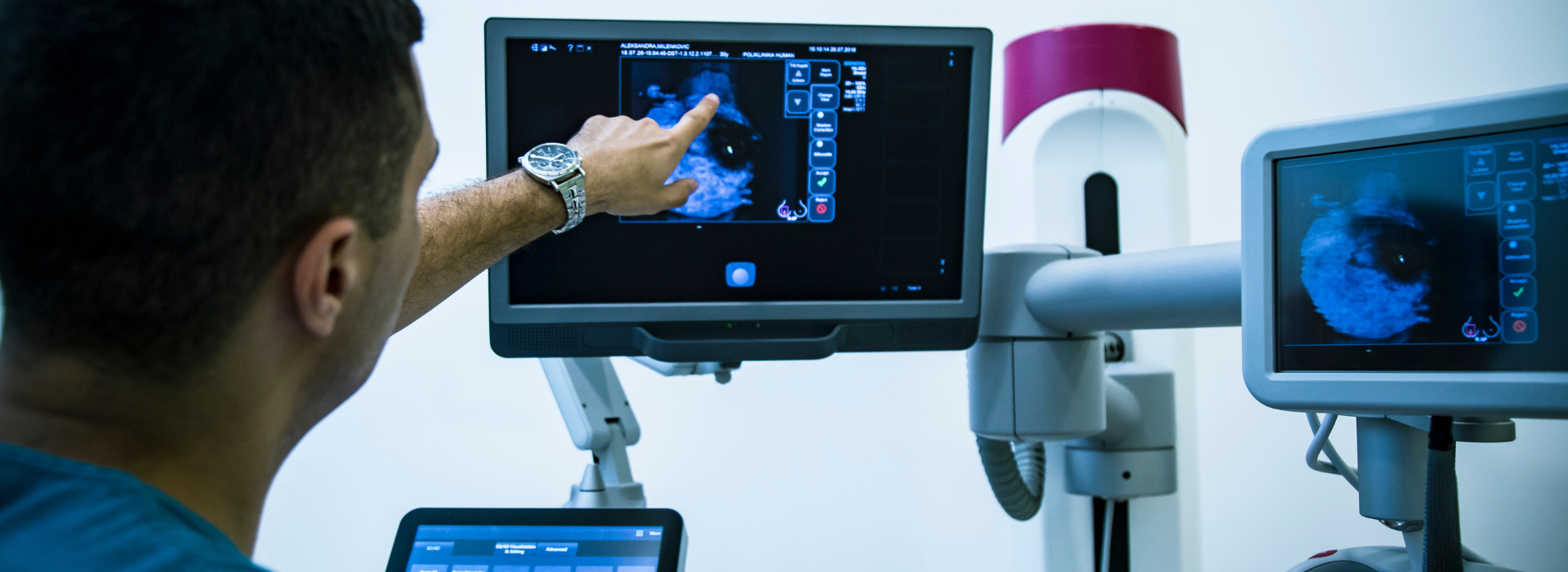The AI will see you now: High tech lends a hand in health care
November 30, 2022 | By Anthony Venutolo
Mammograms may soon use Google's artificial intelligence technology to aid in the detection of breast cancer. The company announced this week that is has licensed its AI technology to iCAD, a provider of breast cancer screening services to medical facilities all around the world.
A 2020 study published in Nature found that Google's AI for reading mammograms outperformed radiologists in terms of recording fewer false positives and false negatives. iCAD will introduce AI-assisted mammogram readings in the U.S. in 2024.
The algorithm is not intended to take the place of radiologists, Stacey Stevens, president and CEO of iCAD, told Time. But since many countries require two readings of a mammogram image, it will undoubtably lessen the load on radiologists. She also said the AI-based solution combined with iCAD’s usage of Google Cloud could increase access to mammograms in less developed parts of the world that lack the traditional infrastructure to offer breast cancer screenings.
Another benefit? As the system takes in more data, the algorithm will only grow better at detecting differences between normal tissue and potentially cancerous tissue. “We are finding that there are many cases of women with what seems like a normal mammogram, but there are things in those images that can’t be seen with the human eye,” Stevens told Time.
These robots come out on ‘drop’
Researchers at Colorado State University have developed the first practical soft robotic gripper capable of controlling individual droplets of liquid. It’s a breakthrough that could aid in the cleanup of hazardous liquid spills and, in an age of pandemics, reduce the risk of exposure for clinical lab and health care workers.
Utilizing soft robotics and super-repellent coatings, two separate labs in CSU's Mechanical Engineering program worked together to create the tech, according to a recent paper in the Royal Society of Chemistry journal Materials Horizons.
The heavy, rigid and costly parts used to construct traditional robots aren’t ideal for every situation. The CSU teams’ soft robotic manipulator is built with low-priced components such as nylon strands and adhesive tape, and an electrical current activates an artificial muscle to provide the necessary force. The combination can be used to create inexpensive, lightweight grippers that are 100 times stronger than human muscle for the same weight — without sacrificing delicacy.
"A single gripper as large as my finger is one or two grams, including the artificial muscle embedded,” said Jiefeng Sun, a postdoctoral fellow in the Department of Mechanical Engineering’s Adaptive Robotics Laboratory and co-first author on the paper, to the university's news site. “And it’s inexpensive – just one or two dollars.”
In the study’s early days, it was hard for Sun and his fellow researchers to grab the attention of scientific journal editors, but 2020 changed that.
“Because of the pandemic, handling dangerous infective materials is a hot topic,” he said. “That kind of helped us to get through the review process.”